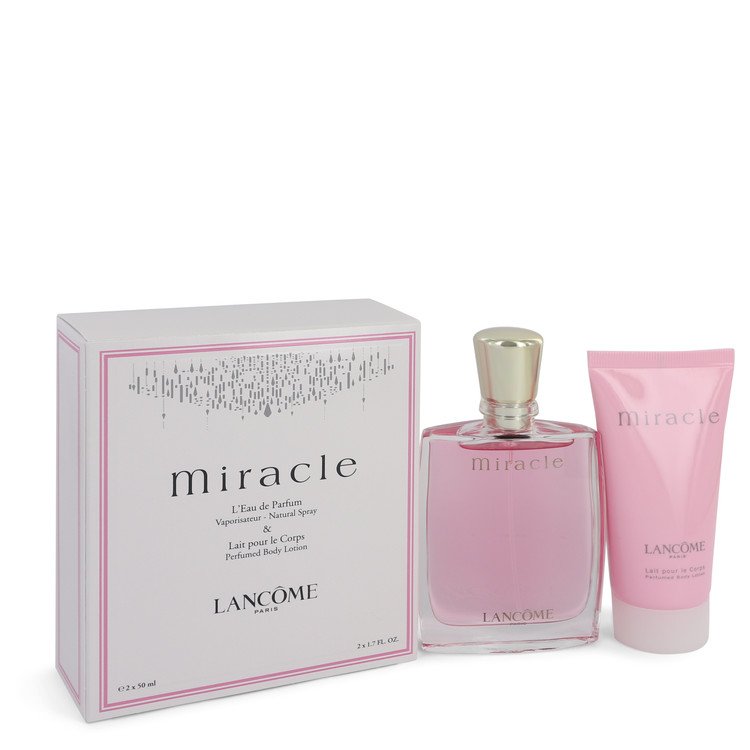Fragrance layering is the art of wearing multiple scents at once. Also referred to as scent mixing or fragrance cocktailing, fragrance layering could be a simple or complex process depending on your plans.
The practice is by no means a recent invention. It has been used for ages and quite common in the Middle East where some people layer up to seven different fragrances for one occasion or as a means of indulgence.
Layering could be as simple as using different perfumes at once. But it may also involve the use of different products from the same range to increase the longevity of the same common scent the range carries. The range could be a perfume set containing a soap, lotion, deodorant, body mist and eau de parfum. This helps intensify the common scent in all the products in that range. They are perfect for beginners.

Before you think of layering perfumes, you need to understand perfume notes and how to apply perfume. Notes play a major role in determining the end results of your fragrance cocktail. All perfumes to be layered must be compatible in all their notes.
Reasons for fragrance layering
Fragrance layering is a way to create your own custom or signature scent. The experimentation gives you room to try a variety of cocktails till you find something perfectly suited to your taste.
Furthermore, perfume layering allows you to express your mood or personality via perfumes. You call the shots and you decide how to spice things up.
Fragrance layering helps intensify perfumes and make them last longer than they normally would.
How to layer perfumes
The first step to layering right starts from a hydrated skin. The fragrance can easily bind with the moisture on the skin and diffuse gently throughout the course of the day. This may account for why a fragrance could smell differently on wet skin and on dry skin. You can easily start with a scented body wash. This will prep the skin for the other fragrances and it will also leave a soft scent all over your body.
Follow up with a scented lotion to lock in the moisture after your bath. The lotion will also help with hydration and warm up your skin for the other fragrances to come.
Always choose complimentary or linear scents. Sticking with fragrances that have common notes tends to be the safest bet most of the time. For example, you can decide that all the products you will use in your layering will have roses or jasmine as their major base. This helps keep the scents within the same fragrance family and avoid any undesirable results.
In some cases, you can use contrasting scents if you have tried out all notes of all the scents you want to use and you find them acceptable. For example, a deep fragrance like sandalwood could go with a light vanilla perfume. You must be conversant with the notes of all the perfumes involved before trying to layer them.
If using multiple layers of perfume, always start with the strongest perfume. This will prevent the strong fragrances from overpowering the lighter and delicate fragrances. Avoid using too many strong heady perfumes in one layering session. You don’t want to suffocate those in same space as you or create an unpleasantly overpowering mix.
Experts recommend that you do not go beyond three perfumes if you are using single note fragrances for your layering. In many cases, two perfumes are enough if both have some complexity. You don’t have to wait for each perfume to dry before you add the next layer. But avoid touching one perfume’s applicator on the spot where there is another perfume. You don’t want to mix your bottled perfume permanently with an unsure result.
Bear in mind the weather when layering your perfumes. Certain scents that served you in winter could suddenly feel too heavy in the summer.

